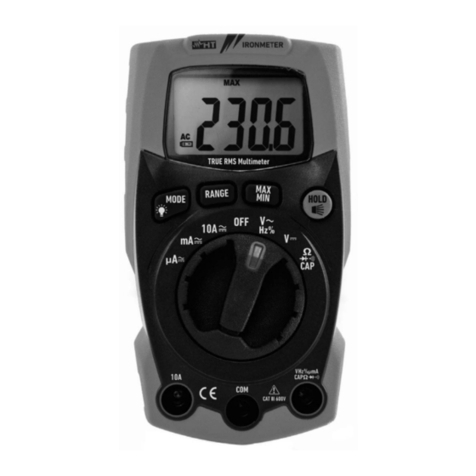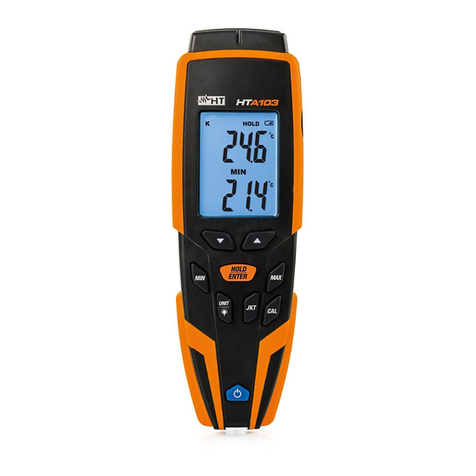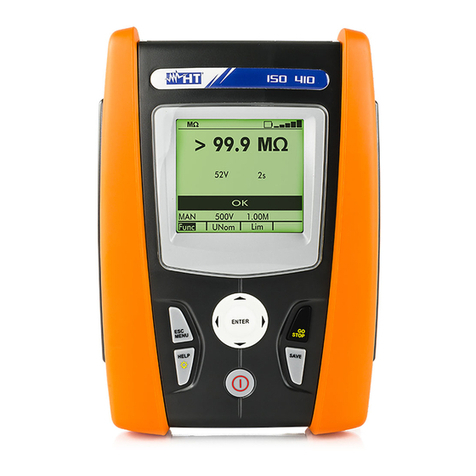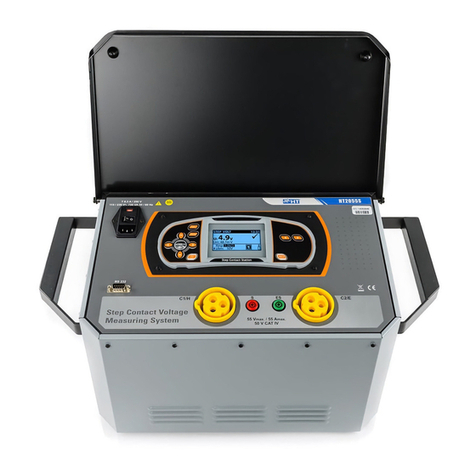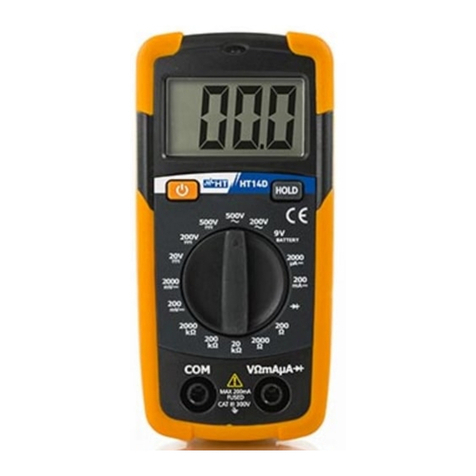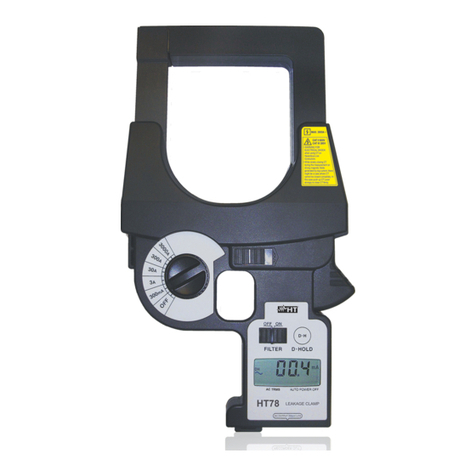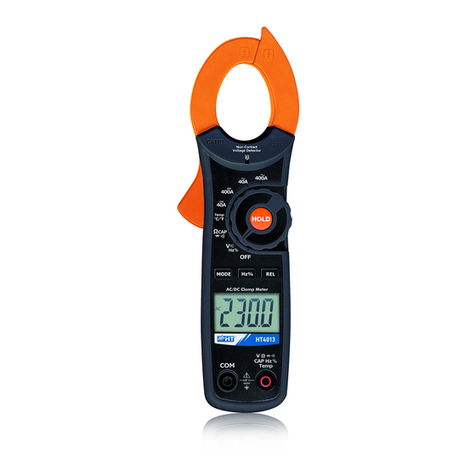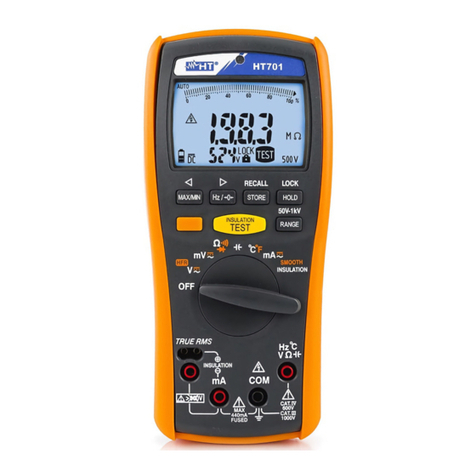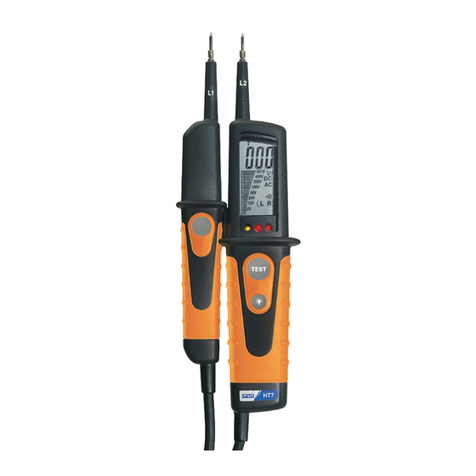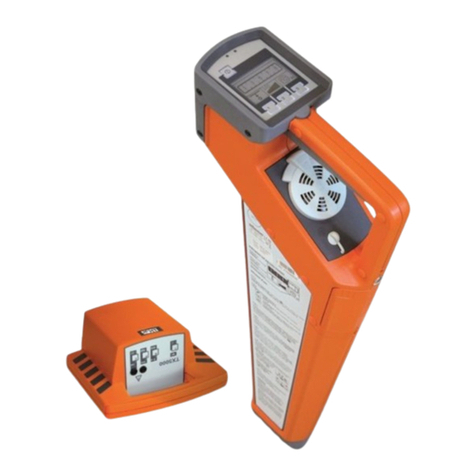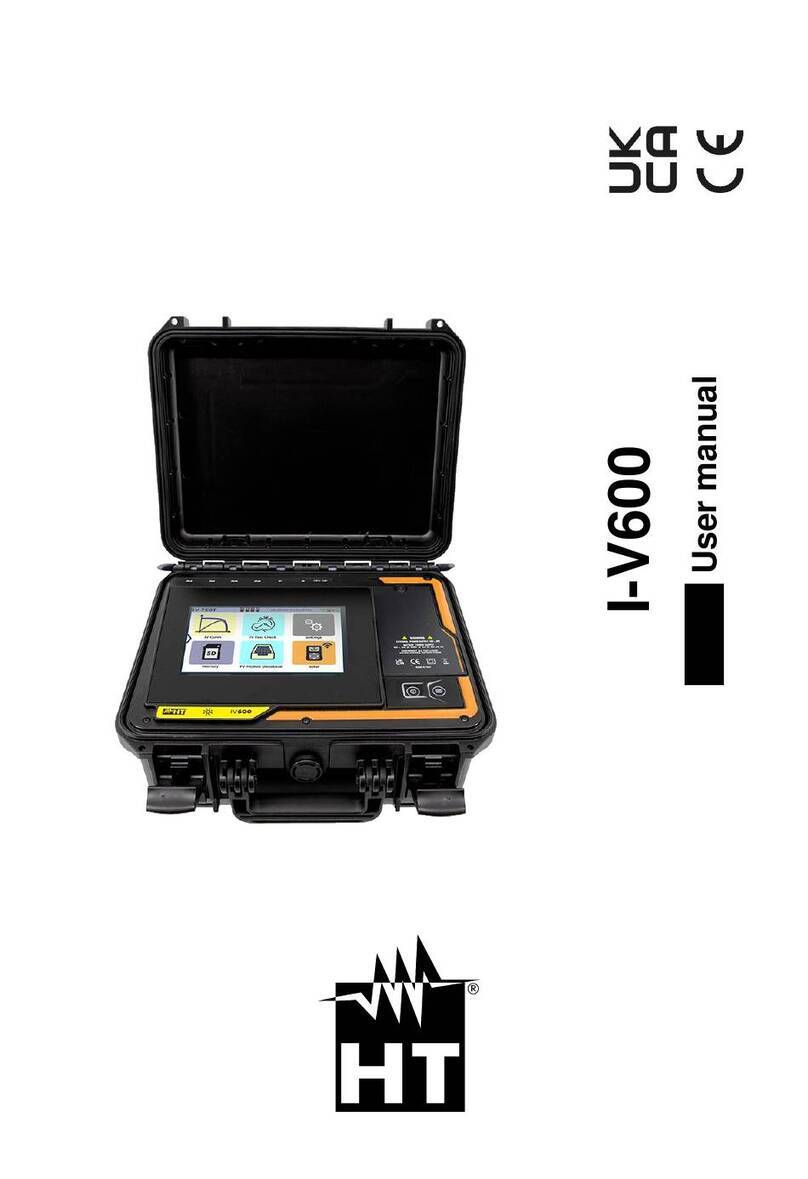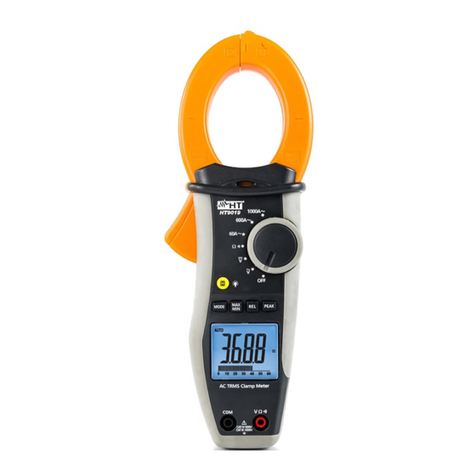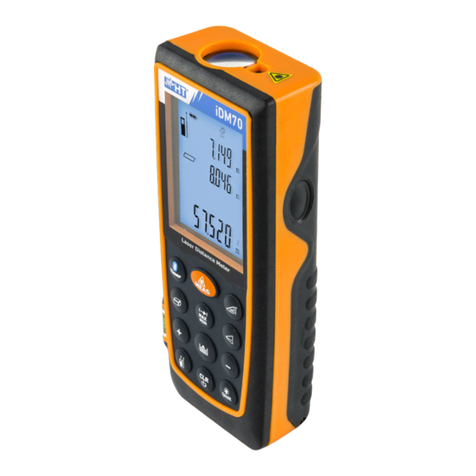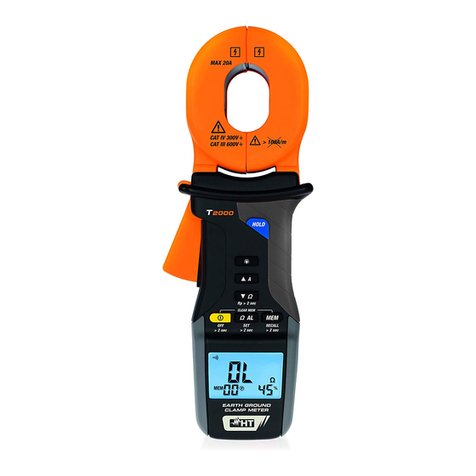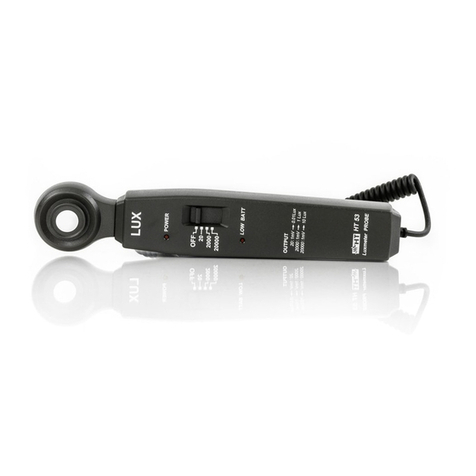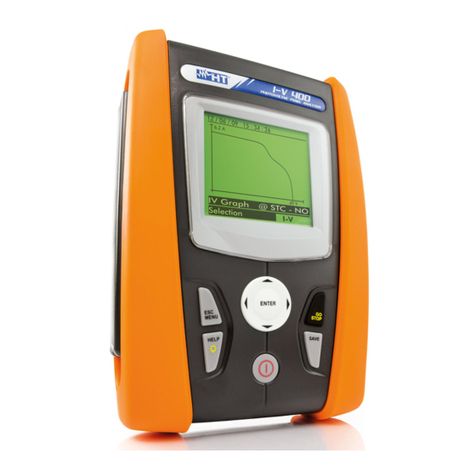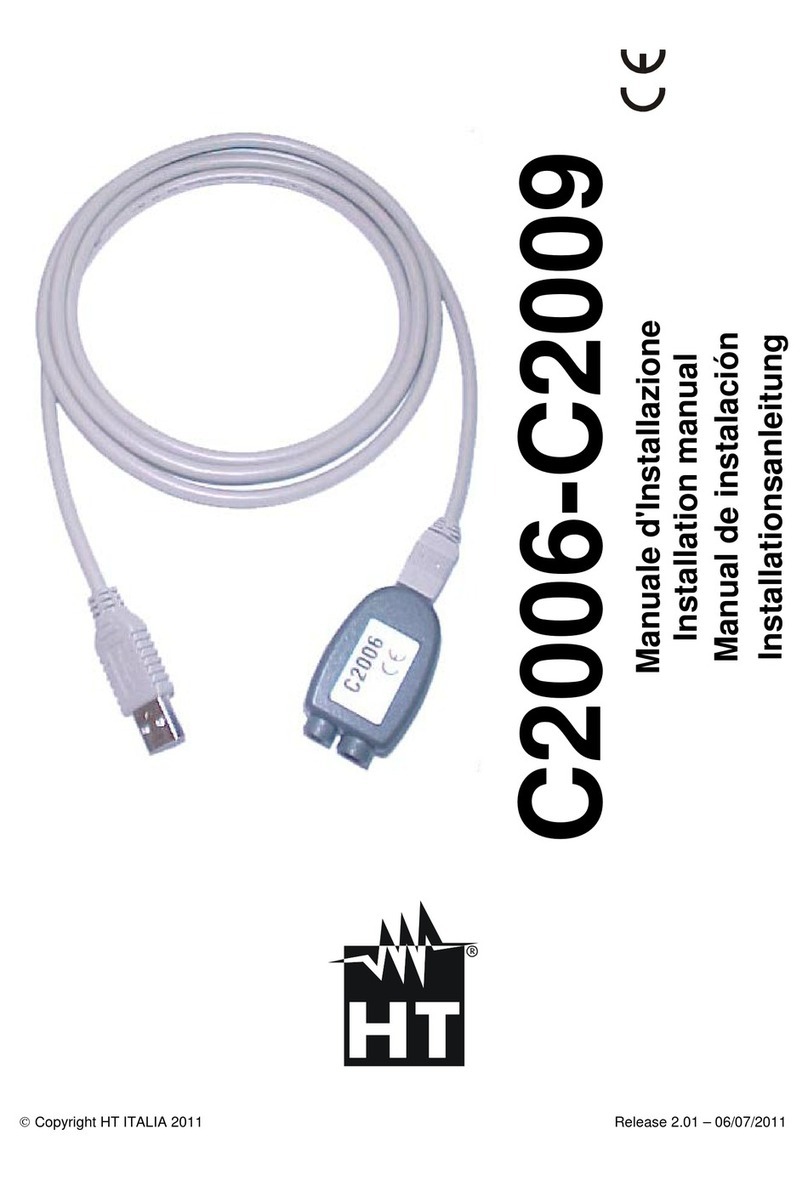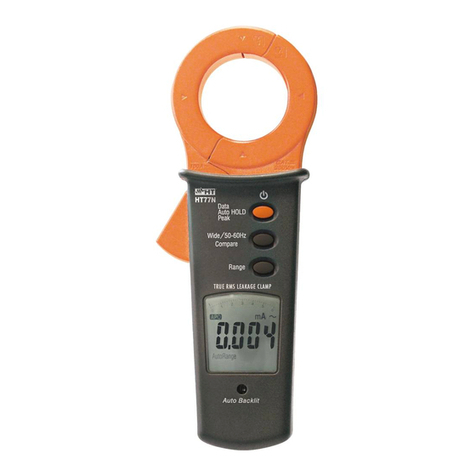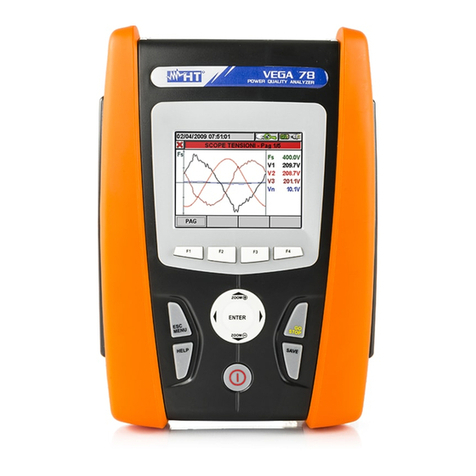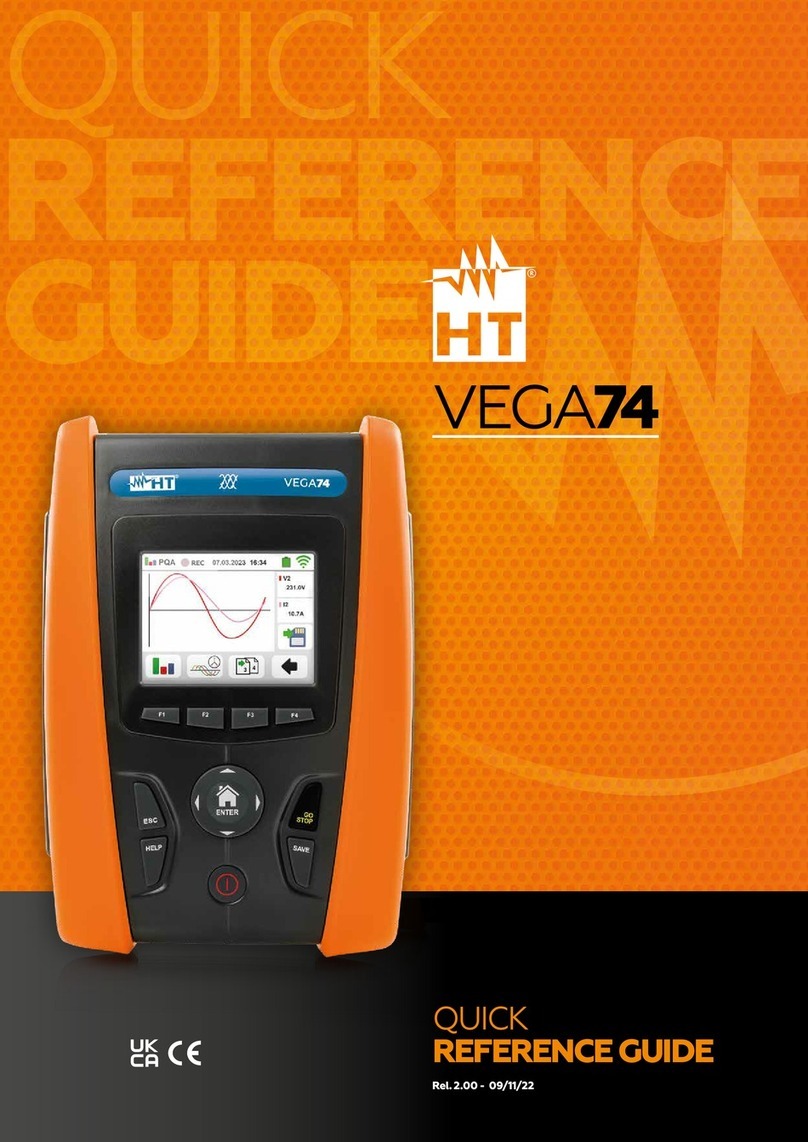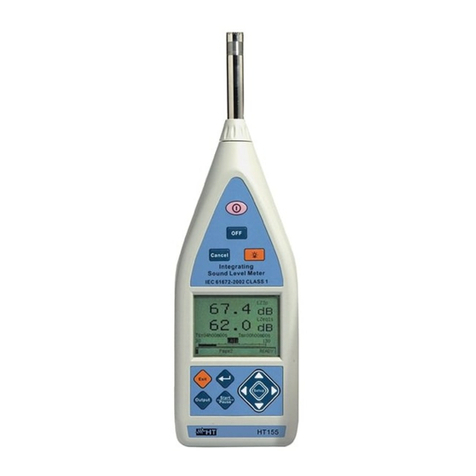
JUPITER
IT - 1
Table of contents:
1.PRECAUTIONS AND SAFETY MEASURES...............................................................2
1.1.Preliminary instructions..................................................................................................... 2
1.2.During use......................................................................................................................... 3
1.3.After use............................................................................................................................ 3
1.4.Definition of Measurement (Overvoltage) category........................................................... 3
2.GENERAL DESCRIPTION...........................................................................................4
2.1.Measuring average values andTRMS values.................................................................... 4
2.2.Definition of true root mean square value and Crest factor............................................... 4
3.PREPARATION FOR USE...........................................................................................5
3.1.Initial checks...................................................................................................................... 5
3.2.Instrument power supply................................................................................................... 5
3.3.Storage.............................................................................................................................. 5
4.NOMENCLATURE........................................................................................................6
4.1.Description of the instrument............................................................................................. 6
4.1.1.Instrument’s initial screen........................................................................................................... 6
4.2.Description of function keys .............................................................................................. 7
4.2.1.Key GO/HOLD............................................................................................................................ 7
4.2.2.Key H/H%/H ............................................................................................................................ 7
4.2.3.Key MODE/MXMNPK................................................................................................................. 8
4.2.4.Keys /and ...................................................................................................................... 8
4.2.5.Key RCDIN/ .................................................................................................................... 8
4.2.6.LoZ function................................................................................................................................ 9
4.2.7.AC+DC function.......................................................................................................................... 9
4.2.8.Inrush current function (INRUSH) .............................................................................................. 9
4.2.9.Disabling the Auto Power Off function........................................................................................ 9
4.2.10.Setting the contact voltage limit.................................................................................................. 9
4.2.11.Setting the rated voltage in Loop/Ra measurement................................................................. 10
4.2.12.Setting full scale of flexible clamp ............................................................................................ 10
5.OPERATING INSTRUCTIONS...................................................................................11
5.1.DC voltage measurement................................................................................................ 11
5.2.AC, AC+DC voltage measurement ................................................................................. 12
5.3.AC, DC, AC+DC voltage with low impedance (LoZ) ....................................................... 13
5.4.Resistance measurement and continuity test.................................................................. 14
5.5.Phase sequence and phase concordance with 1 terminal.............................................. 15
5.6.Overall earth resistance without RCD tripping ................................................................ 17
5.7.Measurement of Line/Loop impedance........................................................................... 20
5.8.Test on A and AC RCDs ................................................................................................. 24
5.9.DC, AC, AC+DC, INRUSH current with clamp transducers............................................ 29
6.MAINTENANCE .........................................................................................................33
6.1.Battery replacement........................................................................................................ 33
6.2.Cleaning the instrument .................................................................................................. 33
6.3.End of life ........................................................................................................................ 33
7.TECHNICAL SPECIFICATIONS ................................................................................34
7.1.Technical characteristics................................................................................................. 34
7.1.1.General characteristics............................................................................................................. 36
7.2.Environmental conditions for use.................................................................................... 36
7.3.Accessories..................................................................................................................... 36
8.ASSISTANCE.............................................................................................................37
8.1.Warranty conditions......................................................................................................... 37
8.2.Assistance....................................................................................................................... 37
9.THEORETICAL APPENDIXES...................................................................................38
9.1.Test on differential switches (RCD)................................................................................. 38
9.2.Overall earth resistance in TT systems........................................................................... 39
9.3.Loop and calculation of assumed short-circuit current.................................................... 40
9.4.Voltage and current harmonics ....................................................................................... 41












